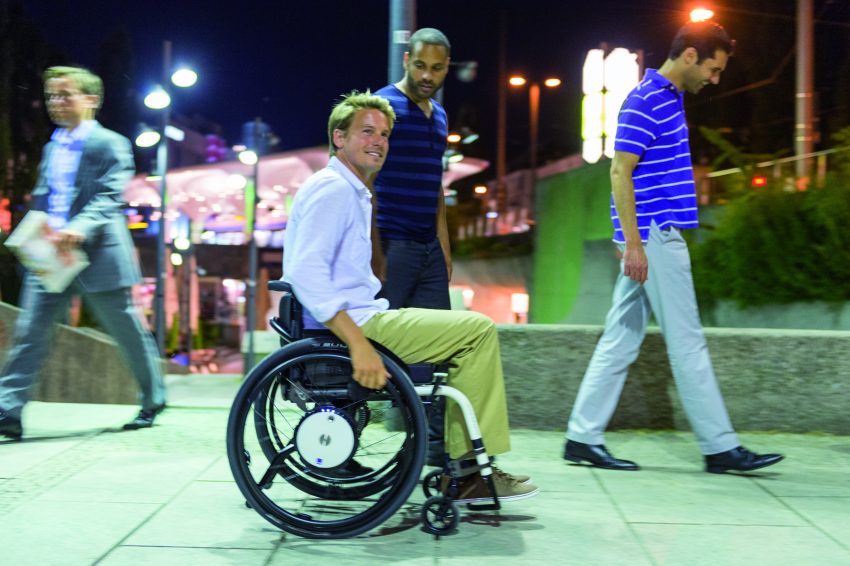For a time that seemed like forever I was always wishing I could own a suit and wear it to some kind of formal event.
Over the many years I’d longed for this I had attended dinners, weddings, awards evenings, and more – but I was always the guy who just wore a smart jumper over his shirt and endured the comments from friends who couldn’t understand why I hadn’t donned a suit with them.
There was one simple reason and it was directly to do with my disability. Due to some restricted movement in my arms I had never been able to fit a suit jacket over my shoulders and fit my arms through the sleeves without risking the dreading sound of it ripping. I’d tried all kinds of ways to get it to work out in my favour but the only way I was ever going to be able to get a suit on was if I went for something which was ridiculously too big for me and in that instance it just looked terrible.
You can imagine then, just how happy I was when I discovered that there is such a thing as adaptive clothing. When I first heard about it I thought it was maybe some kind of joke, but then when I was able to finally buy the blazer I’d always wanted and have somebody tailor it for me to be to wear – I was ecstatic. Finally I felt like I could fit in more and it gave me such a confidence boost to be looking sharp and matching up with my peers at the next big do.
When I wasn’t able to wear a jacket I felt like I stuck out from everyone else. I would literally be in situations where every other guy was suited and booted and I’d be the rogue chap with just a plain white shirt on. Being able to finally feel like I fitted in was amazing, not to mention I was also a lot warmer.
How does adaptive clothing work?
In the case of my blazer, the tailor in question removed all of the unnecessary lining from the inside of the jacket and also repositioned the shoulders slightly so as to give me a little more room to move when putting it on. Furth to this, the length of the blazer was shorted so that it didn’t fold at the waist whilst I’m sitting in my wheelchair. Finally, the arm length was slightly shortened and re-cuffed so that it fit my arms better. All of the changes were very subtle but to me they made a huge difference.
What other forms of adaptive clothing are there?
There are whole host of different options out there for people with all forms of disability, and the best thing with clothing is that there’s the freedom to get experimental. Whether you’re an amputee and you need a pair of trousers docked, or you have one leg shorter than the other and you need a shoe platform to help straighten your posture – the possibilities really are endless. Maybe you need a set of specially designed shoes to make life easier for you due to the way your feet are positioned. I know, for example, that I personally am unable to wear Wellington Boots or strappy Sandals, but having said that – with a little bit of investigation, I feel confident that I would be able to find a way around it thanks to the many different types of adaptive clothing.
For more information on disability and clothing, such as – ‘Wheelchair Clothing Made More Fashionable’ – feel free to check out more from the Passionate People blog.
Author: Anthony Tipling-Bower
